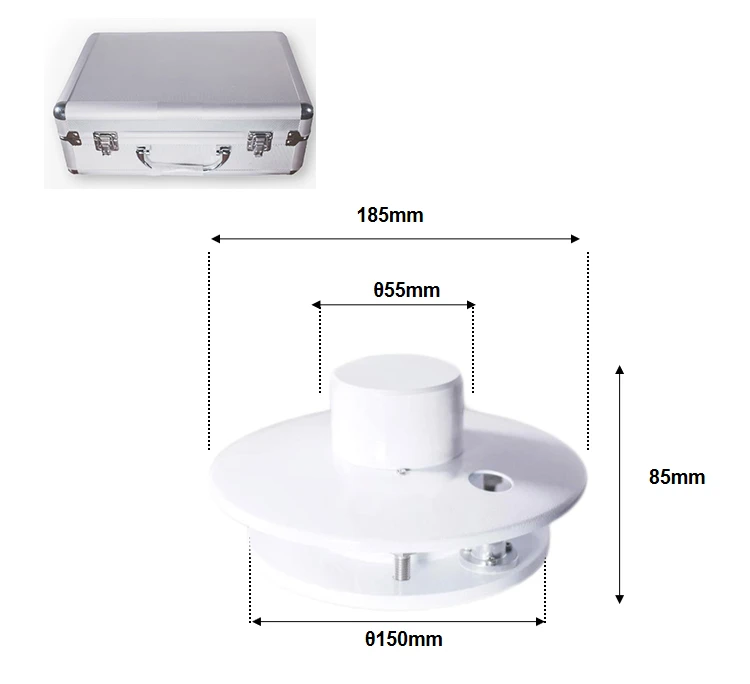How a Solar Photovoltaic Sensor (CDG-11B) Operates ?
Solar photovoltaic sensors are key for tracking solar energy production. They also help make solar power systems more efficient.
The CDG-11B solar sensor is made by Coda Electronic Tech Co., Ltd. (CodaSENSOR). It is a well-known tool for measuring solar energy. It provides accurate and reliable measurements.
Applications of Solar Photovoltaic Sensors
Technicians use these sensors in solar power plants and solar panel setups. They also use them in renewable energy studies. These sensors give important data about sunlight. This data helps to see how well solar panels work and boost energy output.
Operational Principles of the CDG-11B Solar Photovoltaic Sensor
The CDG-11B uses advanced technology to measure sunlight well. Here is a summary of how it works:
Photovoltaic Cell
The sensor has a very responsive photovoltaic cell. This cell changes incoming sunlight into an electrical signal. The current produced depends on how strong the light is. This allows for precise measurement of solar energy.
Signal Processing
The sensor’s circuit processes the electrical signal from the solar cell. It boosts the signal strength and cuts down noise. The circuit also changes the signal into a form that analysts can study easily.
Output Data
The CDG-11B sends data in formats such as voltage, current, or digital signals. The format can change based on the model and use. This flexibility makes it easy to connect to data loggers, monitoring systems, and control devices for real-time analysis.
Key Factors for Selecting a Solar Photovoltaic Sensor
Choosing the right solar photovoltaic sensor requires thinking about several key factors to get the best results:
– **Accuracy**: Pick sensors with low error margins for precise solar irradiance measurement.
– **Spectral Range**: Make sure the sensor’s spectral range matches the solar radiation spectrum in your area.
– **Response Time**: Pick a sensor with response times that match your needs.
– **Durability**: See how well the sensor can resist weather, UV light, and temperature changes to make sure it lasts.
– **Calibration**: Check if the sensor is pre-calibrated or needs regular calibration to maintain accurate readings over time.
– **Cost**: Find a balance between affordability and performance to meet your project needs effectively.
Features of the Coda Sensor CDG-11B Solar Photovoltaic Sensor
The CDG-11B is made for accuracy and reliability. It uses high-quality solar cells and smart signal processing. Its strong design makes it tough in difficult conditions. This allows for long-term use without losing performance.
Final Thoughts
Solar photovoltaic sensors, like the CDG-11B from CodaSENSOR, are key for monitoring solar energy systems. It is important to know how these sensors work. Professionals should consider key factors to choose reliable energy measurements. To learn more about the CDG-11B or find other quality sensors, visit CodaSENSOR’s official website today.
